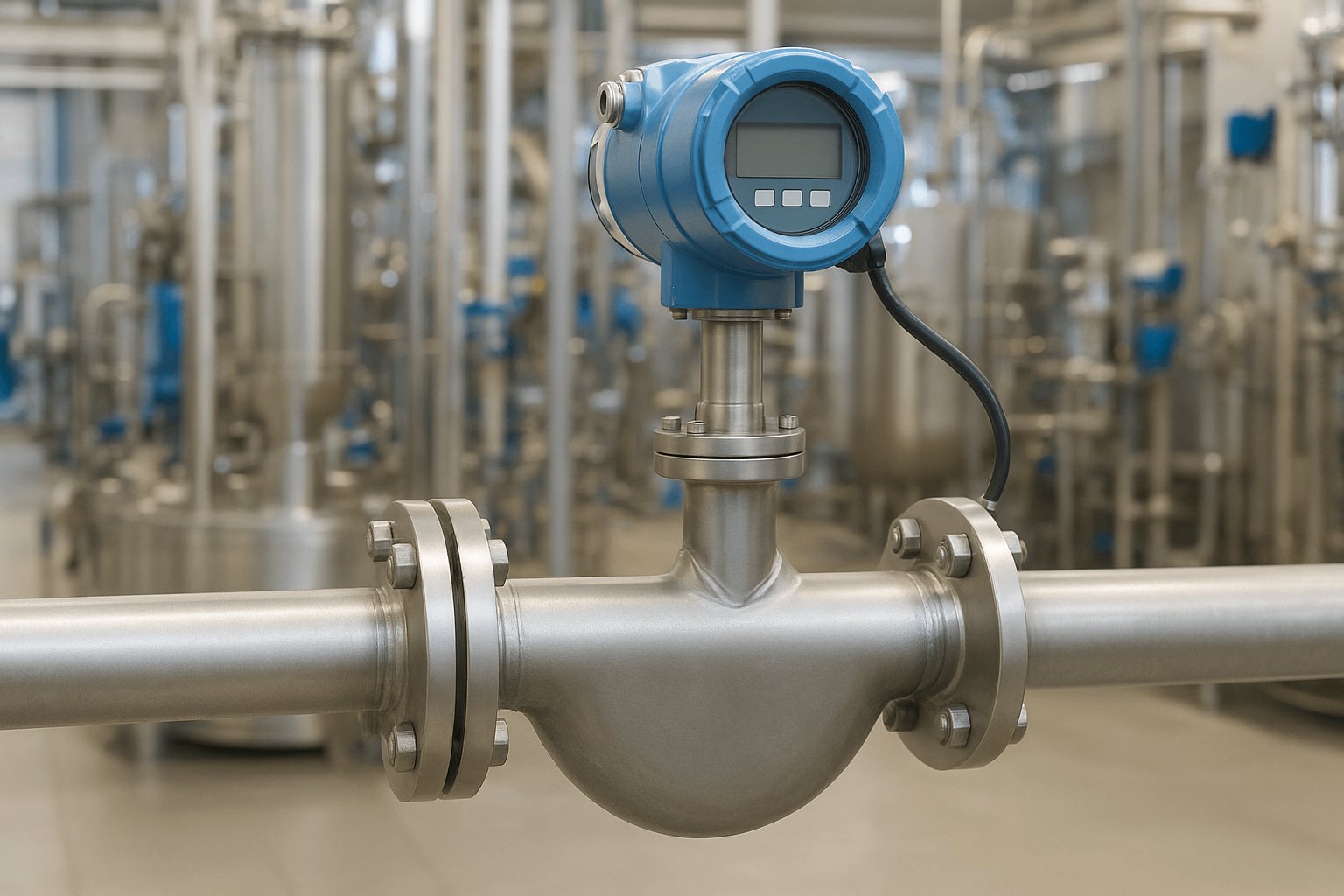The Chilling Truth: Should Grapes Be Refrigerated for Optimal Freshness and Flavor?
When it comes to storing fruits, the question of whether to refrigerate them often arises, especially for delicate varieties like grapes. Grapes are not only a popular snack but also a versatile ingredient in various culinary applications. However, the decision to refrigerate grapes can significantly impact their freshness, flavor, and overall quality. In this article, we will explore the science behind grape storage, the benefits and drawbacks of refrigeration, and best practices for maintaining the integrity of this beloved fruit.
Understanding Grapes: A Brief Overview
Grapes belong to the Vitis genus and are cultivated in various climates around the world. They are rich in vitamins, antioxidants, and other beneficial compounds, making them a healthy choice for snacking or incorporating into meals. However, grapes are also highly perishable due to their high water content and delicate skin, which makes proper storage essential for preserving their quality.
The Case for Refrigeration
- Extended Shelf Life: One of the primary reasons for refrigerating grapes is to extend their shelf life. At room temperature, grapes can spoil quickly, typically within a few days. Refrigeration slows down the ripening process and inhibits the growth of mold and bacteria, allowing grapes to remain fresh for up to two weeks or longer.
- Maintaining Crispness: Cold temperatures help maintain the crisp texture of grapes. When stored at room temperature, grapes can become soft and mushy, losing their appealing crunch. Refrigeration helps preserve their firmness, making them more enjoyable to eat.
- Flavor Preservation: While some fruits develop enhanced flavors when ripened at room temperature, grapes are best enjoyed when they retain their natural sweetness and tartness. Refrigeration helps to maintain the balance of sugars and acids, ensuring that grapes taste as fresh as possible.
The Drawbacks of Refrigeration
- Flavor Alteration: While refrigeration can preserve the freshness of grapes, it may also alter their flavor profile. Some grape varieties may lose their characteristic taste when stored in cold temperatures for extended periods. This is particularly true for table grapes, which are often bred for optimal flavor when consumed fresh.
- Chilling Injury: Grapes are susceptible to chilling injury if stored at temperatures below 32°F (0°C). Symptoms of chilling injury include water-soaked spots, browning, and a decline in overall quality. It is crucial to maintain the refrigerator temperature between 32°F and 40°F (0°C to 4°C) to avoid this issue.
- Moisture Control: Grapes are prone to moisture loss, which can lead to shriveling and a decline in quality. While refrigeration can help retain moisture, improper storage in a sealed container can create excess humidity, promoting mold growth. It is essential to store grapes in a breathable container, such as a perforated plastic bag, to balance moisture levels.
Best Practices for Storing Grapes
To maximize the freshness and flavor of grapes, consider the following best practices:
- Wash Before Consumption: It is advisable to wash grapes just before consumption rather than before storage. Washing can introduce moisture that promotes mold growth. Instead, store unwashed grapes in the refrigerator and rinse them under cold water right before eating.
- Use the Right Container: Store grapes in a breathable container, such as a perforated plastic bag or a bowl covered with a paper towel. This allows for air circulation while preventing excess moisture buildup.
- Keep Them Whole: Avoid removing grapes from their stems until you are ready to eat them. The stems help protect the grapes from bruising and moisture loss.
- Monitor Temperature: Ensure your refrigerator is set to the appropriate temperature range (32°F to 40°F or 0°C to 4°C) to prevent chilling injury and maintain grape quality.
- Consume Promptly: While refrigeration can extend the shelf life of grapes, they are best enjoyed fresh. Aim to consume refrigerated grapes within one to two weeks for optimal taste and texture.
Conclusion
In conclusion, the decision to refrigerate grapes hinges on the balance between extending shelf life and preserving flavor. While refrigeration offers significant benefits in terms of freshness and texture, it is essential to be mindful of potential drawbacks, such as flavor alteration and chilling injury. By following best practices for storage, you can enjoy grapes at their peak quality, ensuring that each bite is as delightful as nature intended. So, the next time you find yourself with a bunch of grapes, consider the chilling truth: refrigeration can be your ally in preserving this delicious fruit, but it requires careful attention to detail.




